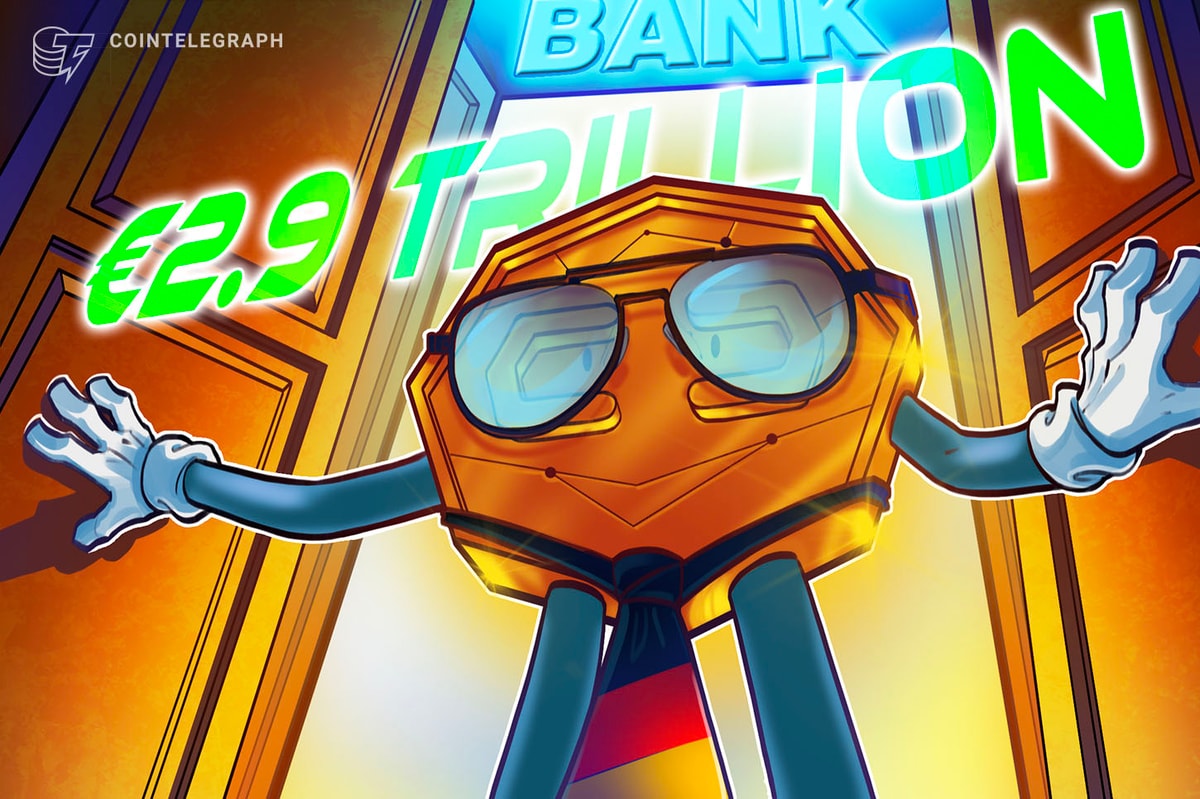Trade finance rarely makes headlines. But behind the scenes, it underpins over $30 trillion in annual global commerce. Still, the systems that power it remain paper-heavy, slow and exclusionary.
Small and medium-sized enterprises (SMEs) are still routinely denied financing due to fragmented infrastructure and therefore face barriers when participating in global commerce. In its latest report, Cointelegraph Research analyses increasing number of institutions and governments asking whether blockchain can offer a more efficient model. One notable project in this regard is the XDC Network.
To learn more about how XDC utilizes blockchain to digitize trade documents, download the full report here
The global trade finance gap: A $2.5 trillion problem
Despite technological progress in other industries, trade finance is still dominated by manual processes. As of 2022, only about 2% of all bills of lading were issued electronically. Most cross-border trade still involves couriers, faxes and wet-ink signatures.
This inefficiency fuels a global trade finance gap, estimated at $2.5 trillion. The gap refers to the unmet demand for financing from otherwise creditworthy companies. This hinders their ability to fulfill orders, expand operations or participate in global supply chains. This gap most significantly affects SMEs in emerging markets.
The barriers to digitization are not merely technical, but also legal. Until recently, electronic bills of lading or promissory notes lacked the legal status of their paper counterparts. This is beginning to change, at least in some places. G7 countries are aligning with the UNCITRAL Model Law on Electronic Transferable Records (MLETR), which aims to give digital documents equal enforceability.
As a result, a consortium of industry players plans to move toward 100% digital adoption of bills of lading by 2030. Still, policy needs technology to back it, and that’s where hybrid blockchain platforms such as XDC are making their mark.
What makes the XDC approach different
The XDC Network is a public blockchain built for enterprise use cases like trade finance. Its hybrid architecture allows integration with private systems while offering public transparency where needed. It’s also ISO 20022-compliant, which makes it compatible with the messaging standards used by global banks.
XDC is already used in pilots across Asia, Latin America and Africa. It supports over 2,000 transactions per second with near-zero fees. In addition, the network is interoperable with over 125 blockchains via the LayerZero protocol.
Its positioning is clear: not to disrupt trade finance, but to retrofit its back end with programmable infrastructure. The focus of XDC is on enabling digital asset issuance, automation and capital access without requiring institutions to abandon familiar workflows.
To learn more about how XDC utilizes blockchain to digitize trade documents, download the full report here
From invoices to digital assets
Platforms such as tradefi.network allow businesses to represent traditional trade documents, such as invoices, bills of lading or letters of credit, as digital tokens on XDC.
This has two key benefits. First, it enables automation and real-time verification. Second, it opens the door for non-bank capital to enter the market. Tokenized trade instruments can be sold to global investors and provide liquidity for SMEs that might otherwise be overlooked by traditional lenders such as banks.
Some of these concepts have already been tested in the real world. In Latin America, SMEs secured financing via tokenized invoices on XDC. In Asia, an electronic bill of lading registered on the network was used as collateral for a loan. This helped cut the time to disbursement from two weeks to under three hours.
Trade finance slowly rewired
Whether blockchain becomes a permanent fixture in trade finance is still uncertain. Legal harmonization remains uneven across jurisdictions. Data privacy, compliance and interoperability with legacy systems are still works in progress. However, efforts such as those by XDC suggest that the focus is shifting from speculative use cases to more targeted, functional applications. Rather than replacing the system, these technologies are slowly starting to fit around it, especially in places where existing tools fall short.
To learn more about how XDC utilizes blockchain to digitize trade documents, download the full report here
This article does not contain investment advice or recommendations. Every investment and trading move involves risk, and readers should conduct their own research when making a decision.
This article is for general information purposes and is not intended to be and should not be taken as legal or investment advice. The views, thoughts, and opinions expressed here are the author’s alone and do not necessarily reflect or represent the views and opinions of Cointelegraph.
Cointelegraph does not endorse the content of this article nor any product mentioned herein. Readers should do their own research before taking any action related to any product or company mentioned and carry full responsibility for their decisions.
Read the full article here















